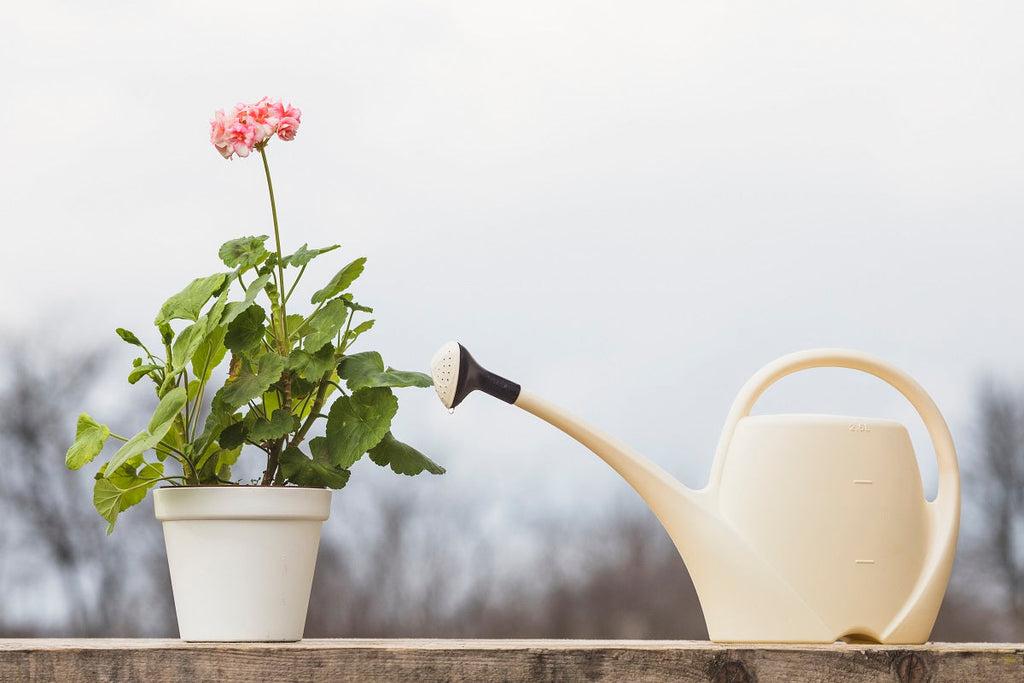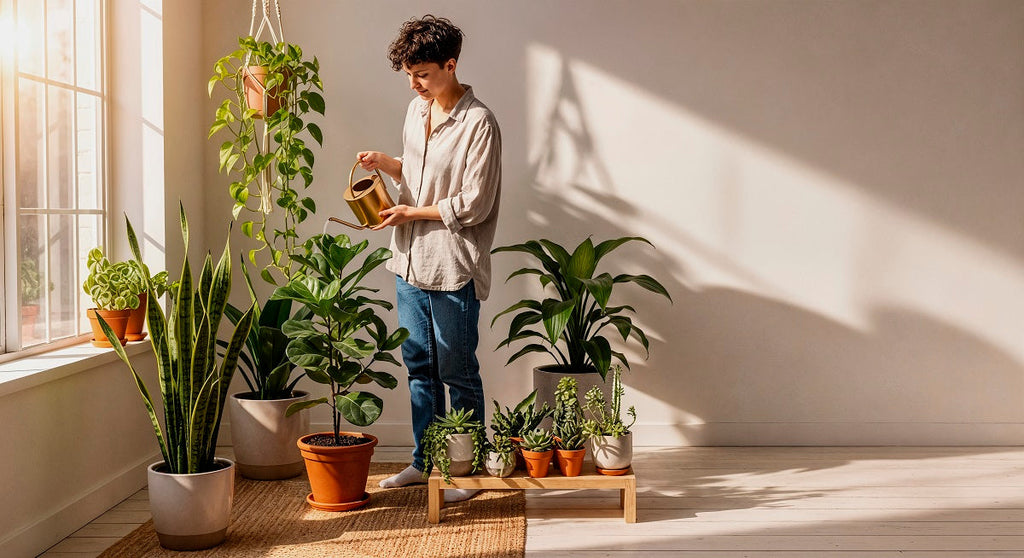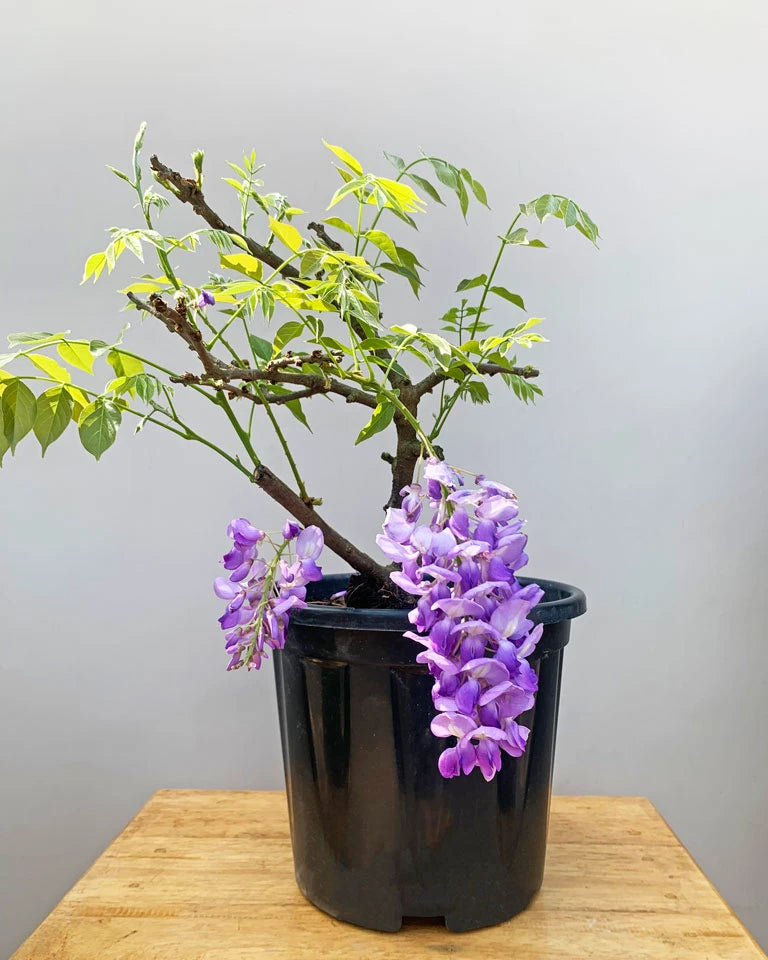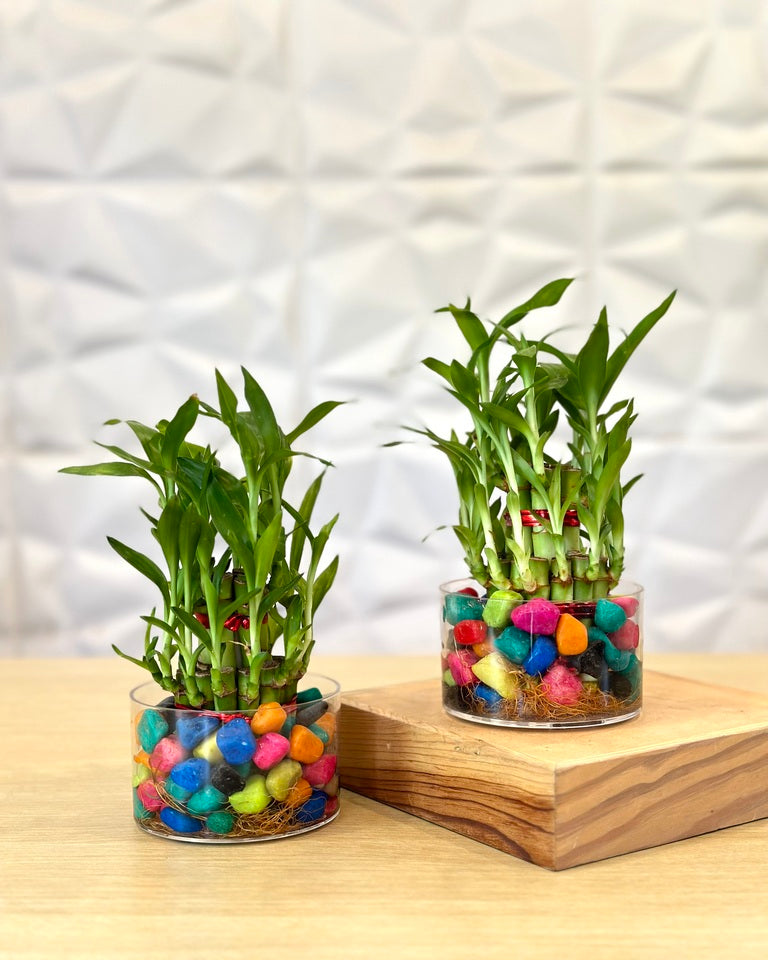
Best Air-Purifying Plants for a Healthier Home

Introduction
Imagine stepping into your home and breathing in fresh, clean air—free from toxins, dust, and pollutants. Sounds refreshing, right? The good news is you don’t need an expensive air purifier to achieve this. Air-purifying plants are nature’s way of cleansing indoor air, enhancing oxygen levels, and adding a touch of greenery to your space. Let’s explore the best plants that can transform your home into a natural oasis of clean air and tranquillity.
Why You Need Air-Purifying Plants in Your Home
Indoor air pollution is a silent problem that can affect your health over time. Fortunately, plants are here to help! Here’s why you should welcome them into your home:
-
Eliminate toxins: Many houseplants absorb harmful pollutants like formaldehyde, benzene, and carbon monoxide.
-
Increase oxygen levels: Plants release oxygen, improving indoor air quality and boosting overall well-being.
-
Enhance humidity: Perfect for preventing dry skin and respiratory discomfort, especially during winter.
-
Reduce stress: Scientific studies show that greenery helps lower stress, and anxiety and even boosts productivity.
-
Beautify your space: They add an aesthetic charm while improving air quality!
The Best Air-Purifying Plants for Your Home
1. Snake Plant (Sansevieria)
The Snake Plant, also known as Mother-in-Law’s Tongue, is one of the most resilient houseplants. It’s famous for its upright, sword-like leaves that add an elegant touch to any interior. This hardy plant can survive in low light and needs minimal watering.
-
Air-purifying ability: Removes toxins like formaldehyde, benzene, and trichloroethylene.
-
Best feature: Releases oxygen at night, making it ideal for bedrooms.
-
Watering schedule: Requires watering once every 2-3 weeks.
2. Peace Lily (Spathiphyllum)
The Peace Lily is a graceful plant with deep green leaves and stunning white blooms. It not only purifies the air but also adds a sense of tranquillity to your space.
-
Air-purifying ability: Filters out mold spores, ammonia, and formaldehyde.
-
Additional benefit: Flourishes in humid environments, making it great for bathrooms.
-
Light requirements: Prefers indirect light but can tolerate low light.
3. Aloe Vera
Aloe Vera is known for its healing properties, but it also works as a natural air filter. Its succulent leaves store water, making it highly drought-resistant.
-
Air-purifying ability: Absorbs benzene and formaldehyde from the air.
-
Best feature: The gel inside its leaves has medicinal uses for burns and cuts.
-
Ideal placement: Sunny windowsill or kitchen counter.
4. Areca Palm (Dypsis lutescens)
The Areca Palm is a lush, tropical plant that enhances indoor humidity levels. It’s a fantastic choice for those looking to add a vibrant touch to their home.
-
Air-purifying ability: Removes airborne toxins and increases moisture levels.
-
Decorative appeal: Large feathery fronds create a bold statement.
-
Growth speed: Grows rapidly with proper care.
5. Spider Plant (Chlorophytum comosum)
The Spider Plant is an easy-to-care-for plant that thrives in a variety of conditions. Its arching green-and-white striped leaves make it visually appealing.
-
Air-purifying ability: Filters out carbon monoxide, formaldehyde, and xylene.
-
Low maintenance: Can withstand occasional neglect.
-
Special feature: Produces small “pups” that can be propagated into new plants.
6. Lucky Bamboo (Dracaena sanderiana)
Lucky Bamboo is a popular houseplant associated with good fortune and positive energy. It’s also known for its ability to improve indoor air quality.
-
Air-purifying ability: Removes toxins like formaldehyde and carbon monoxide.
-
Symbolic meaning: Considered a sign of prosperity and luck.
-
Care tip: Grows well in water or soil with minimal maintenance.
7. Rubber Plant (Ficus elastica)
The Rubber Plant features broad, deep green leaves that make a bold statement in any home. It’s highly effective at removing toxins from the air.
-
Air-purifying ability: Absorbs pollutants and increases oxygen levels.
-
Growth habit: Can grow into a tall, indoor tree with proper care.
-
Maintenance tip: Wipe leaves occasionally to remove dust.
8. Boston Fern (Nephrolepis exaltata)
Boston Ferns are lush, arching plants known for their ability to regulate indoor moisture levels while filtering out harmful chemicals.
-
Air-purifying ability: Absorbs formaldehyde and xylene from the air.
-
Unique trait: Acts as a natural humidifier.
-
Care needs: Requires frequent watering to keep the soil moist.
How to Choose the Right Air-Purifying Plant for Your Home
-
Lighting conditions: Select plants that match your home’s natural light availability.
-
Maintenance needs: Opt for low-maintenance plants if you have a busy schedule.
-
Air purification goals: Choose plants based on the specific pollutants you want to eliminate.
-
Space considerations: Large plants suit spacious areas, while compact plants work well for small rooms.
FAQs
1. How many air-purifying plants do I need to improve indoor air quality?
Having at least one plant per 100 square feet can significantly enhance air quality. A variety of plants is ideal.
2. Are air-purifying plants safe for pets?
Some plants, like the Spider Plant, Areca Palm, and Bamboo Palm, are pet-friendly. However, Peace Lilies and Rubber Plants can be toxic to pets.
3. Which plant is the best for reducing humidity indoors?
Boston Fern and Areca Palm are excellent choices for increasing humidity and maintaining moisture levels indoors.
4. Do air-purifying plants work at night?
Yes! Some plants like Snake Plant and Aloe Vera release oxygen at night, making them ideal for bedrooms.
Conclusion
Adding air-purifying plants to your home is a simple and effective way to improve indoor air quality, enhance well-being, and add natural beauty to your space. Whether you opt for the low-maintenance Snake Plant, the toxin-fighting Peace Lily, or the humidity-boosting Areca Palm, these plants will help you breathe easier and create a healthier home environment. Start incorporating these green wonders into your home today!





















